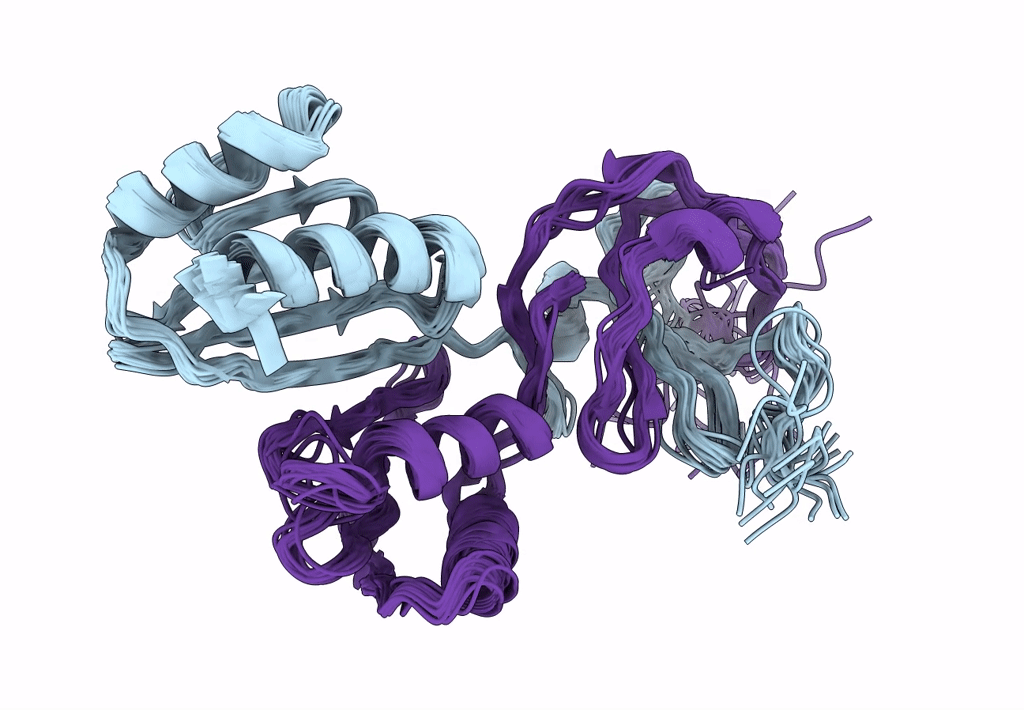
Deposition Date
2022-10-10
Release Date
2023-05-03
Last Version Date
2023-12-06
Entry Detail
Biological Source:
Source Organism:
Encephalitozoon cuniculi (Taxon ID: 6035)
Host Organism:
Method Details:
Experimental Method:
Conformers Calculated:
250
Conformers Submitted:
20
Selection Criteria:
structures with the lowest energy


